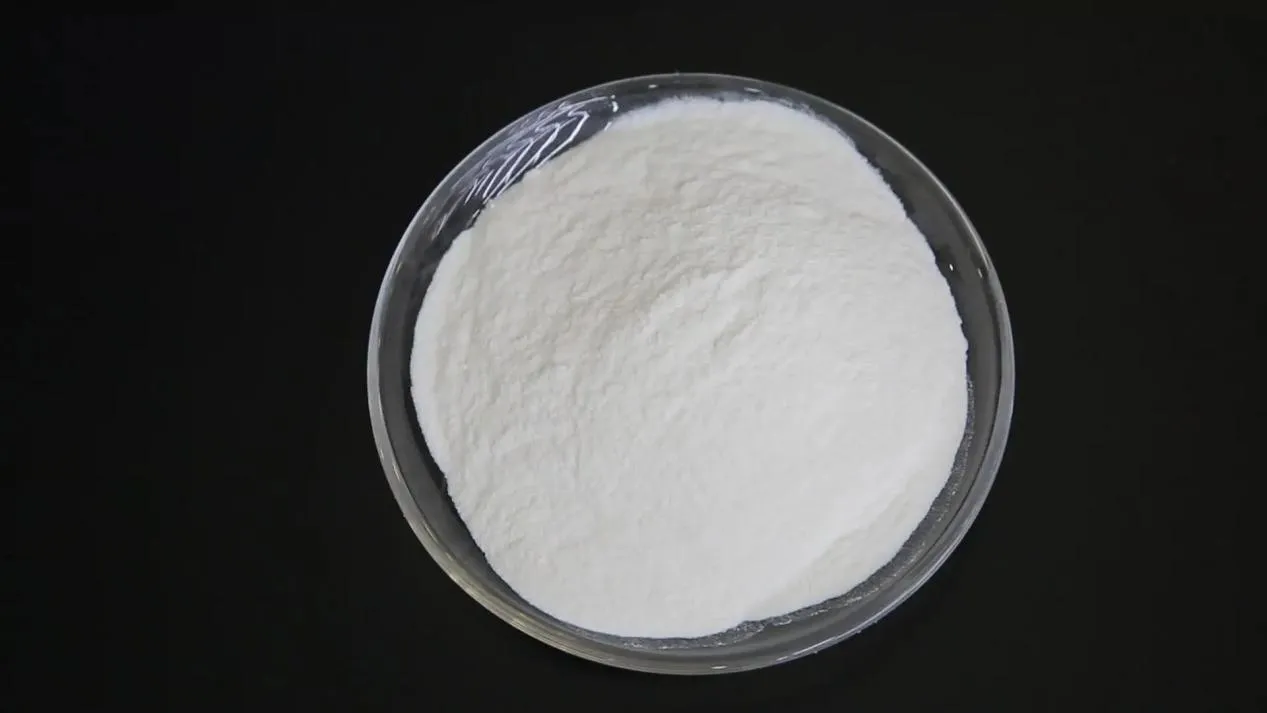
The Ultimate Guide to Wholesale Powder Water Reducing Admixture CP1000 for Concrete Solutions
In the construction industry, achieving high-strength, durable concrete while reducing water content is a top priority. This is where water reducing admixture products, like the wholesale powder water reducing admixture CP1000, play a crucial role. With the advancement of PCE-based superplasticizer technology, modern concrete formulations can achieve better workability, durability, and cost efficiency.

What Are Water Reducing Admixtures and Why Are They Important?
Many contractors and engineers often ask, "What are water reducing admixtures?" Simply put, they are chemical compounds added to concrete mixtures to reduce the water content without compromising workability. These admixtures improve the concrete’s strength, durability, and surface finish.
ਦ concrete water reducer works by dispersing cement particles, which minimizes the need for excess water. Products like wholesale powder water reducing admixture CP1000 are designed to deliver high-performance results while maintaining ease of application.
A popular choice in modern construction is the PCE polycarboxylate ether-based formula. Known for its superior dispersing ability, this PCE-based superplasticizer is a type of HRWR superplasticizer (High-Range Water Reducer). It significantly reduces water content—by up to 30%—while enhancing slump and flowability.

ਵਰਤੋਂ ਦੇ ਫਾਇਦੇ Water Reducer Admixture in Concrete
The advantages of using a water reducer admixture like CP1000 go beyond simple water reduction. Here are some key benefits:
Increased Strength: Less water means higher compressive and flexural strength.
Improved Durability: Lower water-cement ratios reduce porosity, improving resistance to freeze-thaw cycles, chemical attacks, and shrinkage.
Enhanced Workability: ਦ concrete water reducing agent provides excellent flow without segregation.
Cost Efficiency: Reducing water and cement usage leads to significant material savings.
Environmental Benefits: Less cement means reduced CO₂ emissions, contributing to greener construction.
When using a water reducing agent in concrete, the mix maintains its flowability, which is essential for high-rise buildings, bridges, tunnels, and precast elements. The presence of polycarboxylates in concrete enhances performance, providing better slump retention and stability even in hot climates.
Another reason contractors choose wholesale powder water reducing admixture CP1000 is its powder form, which is easier to store, transport, and dose compared to liquid alternatives.
How to Choose the Right Concrete Water Reducing Agent
When selecting a water reducing agent, it’s crucial to consider the project's specific needs. Here are some factors:
PCE Polycarboxylate Ether vs. Traditional Admixtures: PCE-based superplasticizers offer superior performance compared to lignosulfonate or naphthalene-based agents.
Application Type: High-flow concrete, precast elements, or mass concrete may require different dosage rates.
Polycarboxylate Price: While the upfront polycarboxylate price may be higher than traditional admixtures, the long-term savings on cement and water make it cost-effective.
Ultimately, using a high-quality water reducer admixture like CP1000 ensures that your concrete achieves optimal strength, durability, and performance.
FAQ About Wholesale Powder Water Reducing Admixture CP1000
1. What is the main function of the wholesale powder water reducing admixture CP1000?
The primary function is to reduce water demand in concrete mixtures without affecting workability. It acts as a concrete water reducer, improving strength, durability, and flowability.
2. How does a PCE-based superplasticizer differ from traditional water reducers?
A PCE-based superplasticizer provides higher water reduction (up to 30%) compared to traditional admixtures. It ensures better slump retention, faster dispersion, and reduced segregation in concrete.
3. What is the typical dosage of this water reducer admixture in concrete?
Dosage usually ranges from 0.1% to 0.3% of the cement weight, depending on the concrete mix design and performance requirements.
4. Is the polycarboxylate price higher than other admixtures?
Yes, the polycarboxylate price is generally higher than lignosulfonate or naphthalene-based products. However, its superior performance often leads to reduced cement consumption, making it cost-effective in the long run.
5. Can this water reducing agent be used for precast concrete?
Absolutely. The water reducing agent in concrete, especially CP1000, is ideal for precast applications due to its ability to improve early strength, reduce shrinkage, and enhance surface finish.
-
Hydroxypropyl Starch as a Sustainable Construction AdditiveNewsNov.24,2025
-
The Gelation Properties of CMCNewsNov.21,2025
-
Redispersible Latex Powder and Water Retention CapacityNewsNov.21,2025
-
Dosage Control for Polycarboxylate Water ReducerNewsNov.21,2025
-
Film-Forming Properties of Polyvinyl AlcoholNewsNov.21,2025
-
The Function of Gypsum Additives in MortarNewsNov.21,2025





















